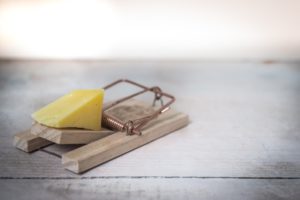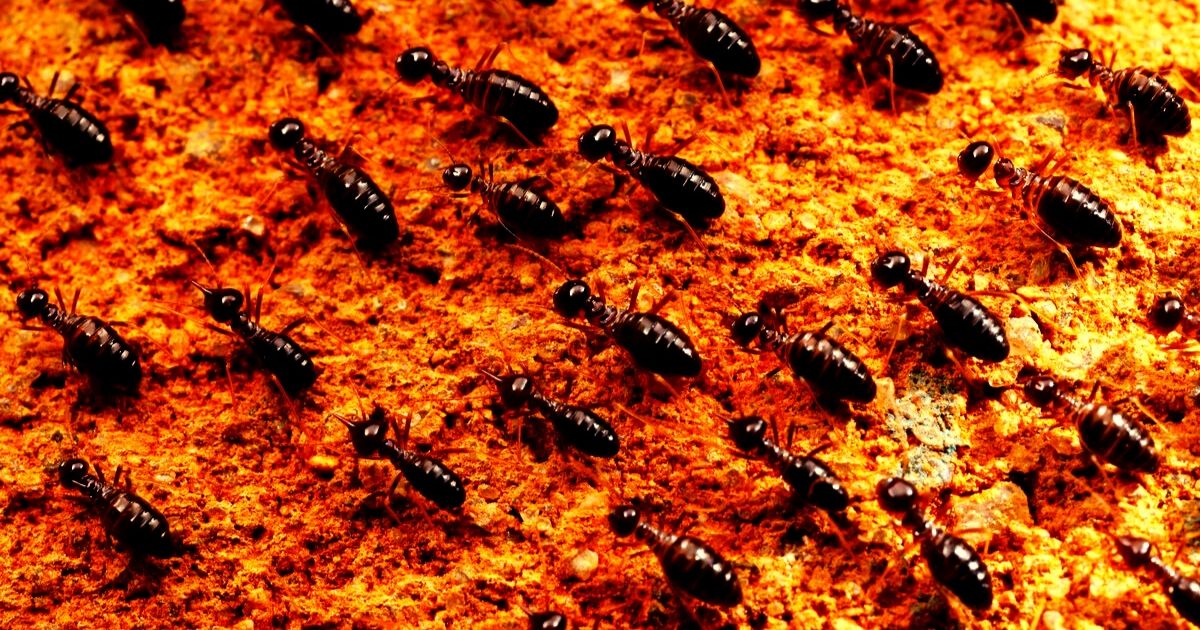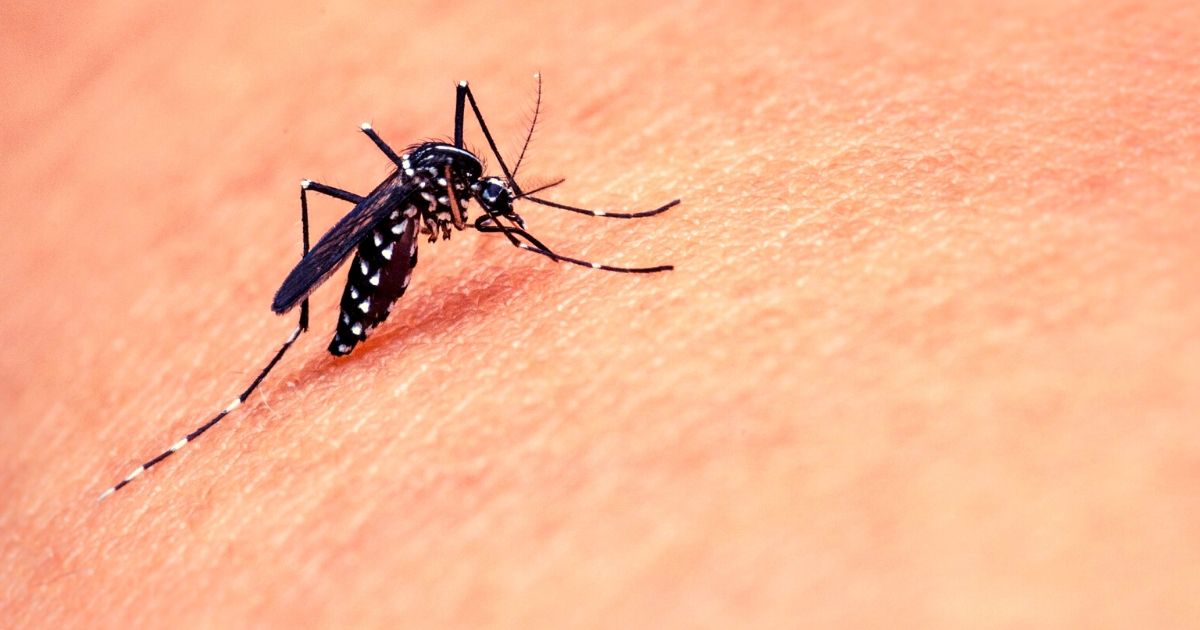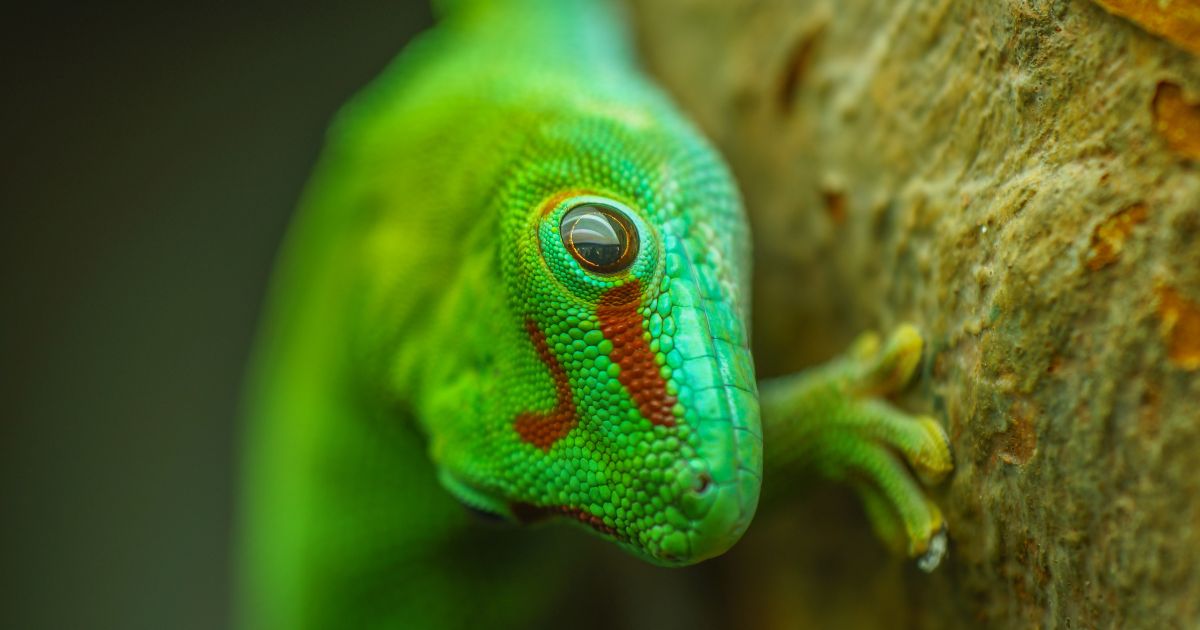DIY Pest Control Methods

Do-it-yourself or DIY pest control is becoming more popular.
Pest control is the processing of managing nuisance bugs and animals that can spread disease, damage food, and overall be irritating for life. Sometimes people don’t want to contact a professional company for a minor problem. At other times, property owners might be interested in saving money by taking care of issues themselves.
Whatever the reason might be, DIY pest control is rapidly becoming safer and easier for regular people.
Before using any method, it’s important to assess all of the potential risks involved in any treatment. Individuals should educate themselves about the chemicals used in products they purchase and any hazards associated with traps. People should remember to read all of the ingredients and follow directions precisely.
DIY pest control can be an easy process once the property owners who would like to try it research and know what they’re doing. Additionally, not all of the methods are dangerous. Some are common things that everyone can do to ensure they live in a pest-free environment.
Below are some of the simplest and most efficient DIY pest control treatments.
Clean Up!
One of the easiest DIY pest control methods is to keep a property clean.
The majority of insects and rodents are attracted to homes and businesses because they provide valuable resources.
Sealing food containers, cleaning up spills, and closing any cracks in the walls or around doors and windows can help keep pests out.
Want to find out more about pest removal in Singapore?
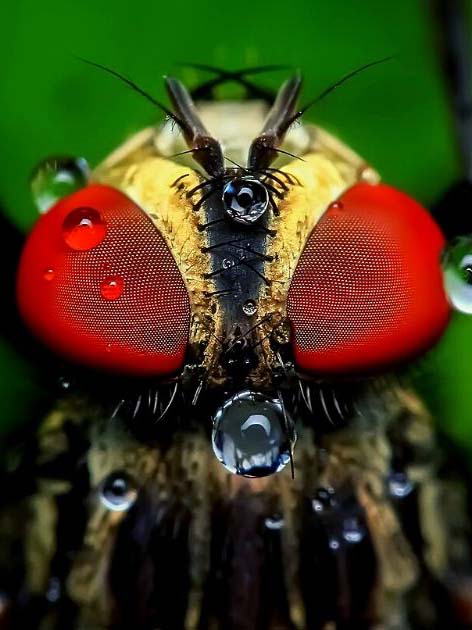
Cleanliness is a significant part of Integrated Pest Management (IPM), a method in the pest control industry which relies on a variety of factors to keep nuisance creatures in check. Before concoctions like pesticides or devices like traps are needed, pest management professionals will strive to develop plans to prevent infestations. One of the most significant steps is keeping an area clean and limiting a pest’s access to resources.
Improve Ventilation
Many pests like ants, rodents, and cockroaches are attracted to damp environments. They flock to basements, kitchens which are not properly cared for, bathrooms, and other locations.
Pro Tip: One way property owners can stop an infestation before it begins is to ensure every area in a building is properly ventilated.
Some methods of doing so are to open windows with screens and allow natural air inside, use dehumidifiers, and improve the structure’s overall ventilation system. Hard to reach areas such as basements should regularly have their humidity levels checked and people should never leave standing water inside of a property for long. This includes areas in and around sinks and bathrooms.
Traps and Sprays
The most ubiquitous form of DIY pest control is the use of pesticides and mechanical traps.
Increased research into the inherent risks of the chemicals used in pesticides has allowed scientists to engineer versions which are safer for at-home use. Many can be purchased at general and hardware stores. They contain ingredients like pyrethrins and permethrin, which kill pests like bed bugs, mosquitoes, and ants. It’s important to remember that these materials are also hazardous to humans and pets and should be sprayed away from other living creatures.
Traps can also be bought and come in many varieties. Rodent traps are the most well-known and include the traditional plastic and wooden varieties with a snapping metal wire that people are used to. Some other options include humane boxes which will lock a rat or mouse inside, so it can be released later.
Finally, there are glue traps. Glue traps used against rodents are considered inhumane, but people can also recognize them as fly paper. Both traps and pesticides can be used to great effect without requiring a property owner to call a professional pest control company.
How do you make bug spray at home?
Homemade bug spray can help repel insects like mosquitoes, flies, ticks, gnats, ants, fleas, moths, cockroaches, and spiders. You can make a simple homemade bug spray using natural ingredients. Here’s a basic recipe for a homemade bug repellent spray using essential oils:
- 1 cup of distilled water
- 10-20 drops of essential oil (e.g., citronella, lavender, eucalyptus, lemon, or peppermint)
- A spray bottle
Select essential oils known for their insect-repellent properties. Add 10-20 drops of your chosen essential oil(s) to the distilled water. Stir the mixture thoroughly to ensure that the essential oils are well blended with the water and pour the mixture into a clean spray bottle. Before using the spray, give it a gentle shake to mix the ingredients. Spray the homemade bug repellent onto your skin, clothing, and areas where bugs are a problem.
What DIY pest traps can be used at home?
There are some homemade traps that you can use for basic pest control around your home, here are a few examples:
- Fruit Fly Trap: Fill a small container with apple cider vinegar and add a drop of dish soap. Cover the container with plastic wrap and poke small holes in it. Fruit flies will be attracted to the vinegar, and the soap will make them unable to escape.
- Roach Trap: Place a mixture of boric acid and powdered sugar in a shallow container. Roaches are attracted to the sugar and will ingest the boric acid, which is toxic to them.
- Mouse Trap: Use a tall bucket or bin. Place a ramp leading up to the top, where you’ll attach a small piece of cardboard with bait (like peanut butter) on it. The mice will climb up the ramp and fall into the bucket, unable to climb out.
Keep in mind that these methods might not be as effective as professional treatments for severe infestations. Always prioritize safety and consider consulting with experts if you have persistent pest problems.

Pest Problem? Let Us Help.
We offer fast and effective precision treatments to eliminate pests while ensuring a safe environment for your home or business.
Frequently Asked Questions
DIY pest control is generally only effective for small pest problems, so if you have a more serious pest infestation, it’s better to hire professional pest control services.
DIY pest control is an affordable option for dealing with small pest infestation, and you can also take measures to prevent pests in the first place.
The average cost of DIY pest control ranges from $50 to $250, depending on the problem you’re dealing with and the pest control products that you are using.


